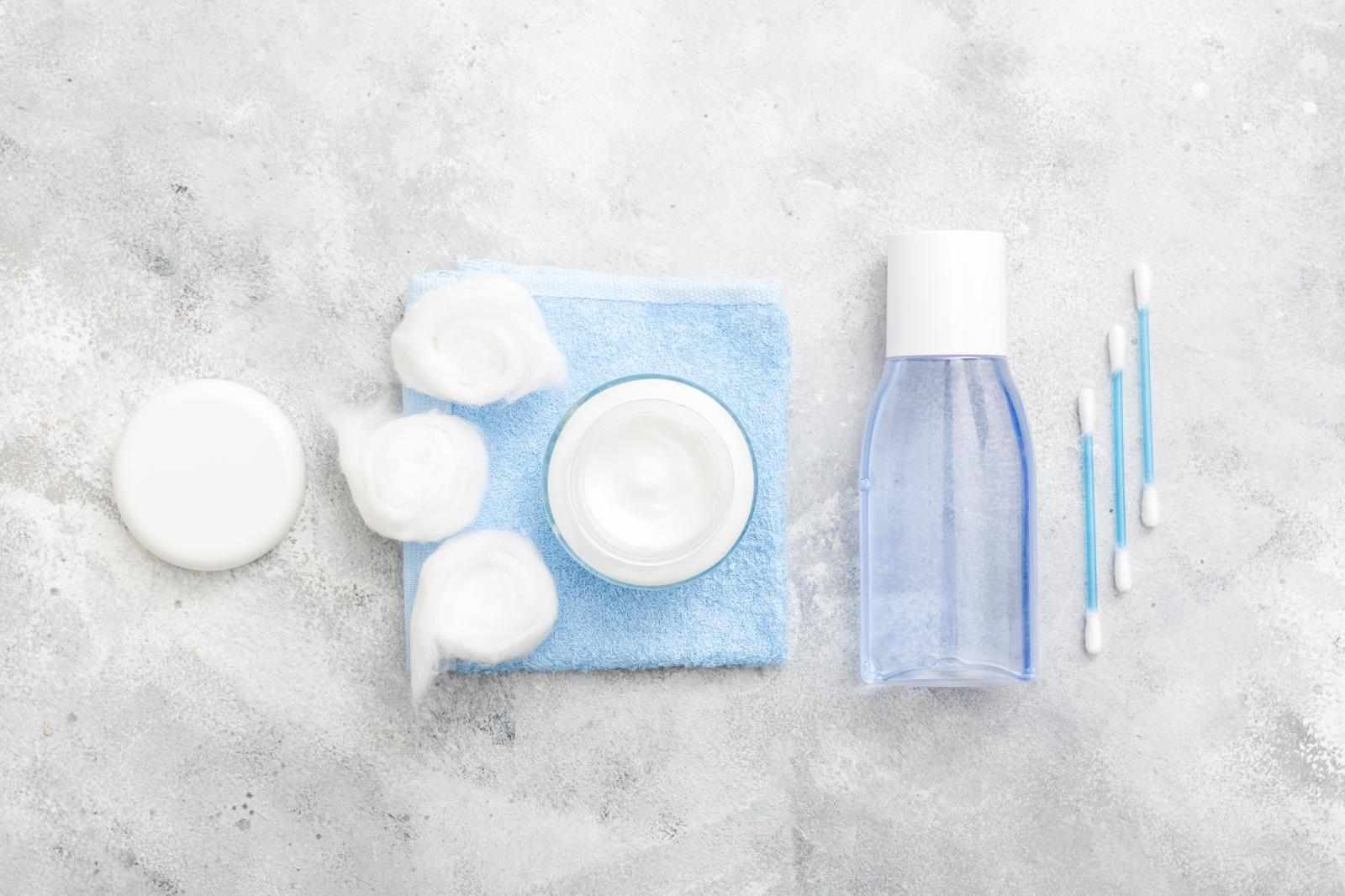
It can be difficult to live with an ostomy, but you can manage your ostomy effectively and comfortably with the right supplies and aftercare. But even the most careful people can make mistakes when it comes to their ostomy care regimen, which can result in pain, skin irritation, or other issues. To guarantee the best outcomes and preserve a good quality of life, avoid these five typical blunders while using ostomy care items.
1. Not Changing the Ostomy Bag Frequently Enough
One of the most common mistakes ostomy patients make is not changing their ostomy bag frequently enough. While it might seem convenient to wait until the bag is full, this practice can lead to leaks and skin irritation. A full bag can pull on the skin and create pressure around the stoma, leading to discomfort and potential damage to the peristomal skin.
How Often Should You Change the Bag?
The frequency of changing your ostomy bag depends on the type of ostomy and the individual's output. Generally, it's recommended to change a colostomy bag every 3-5 days, an ileostomy bag every 3-4 days, and a urostomy bag every 2-3 days. Additionally, it's crucial to empty the bag when it is one-third to one-half full to prevent leaks and skin issues.
2. Incorrectly Measuring the Stoma
Another mistake is not measuring the stoma correctly. The size and shape of the stoma can change, especially in the weeks following surgery. Using an incorrectly sized ostomy wafer or skin barrier can result in leaks and skin irritation.
Why Is Accurate Measurement Important?
Accurate measurement ensures that the skin barrier fits snugly around the stoma, providing a secure seal and protecting the surrounding skin from exposure to output. An improperly sized barrier can leave gaps, leading to leaks and skin damage.
How to Measure the Stoma
Use a stoma measuring guide or template to measure the stoma accurately. Measure the stoma periodically, especially if you notice any changes in size or shape. Ensure the barrier opening is just slightly larger than the stoma to create a snug fit without constricting the stoma.
3. Ignoring Peristomal Skin Care
Neglecting peristomal skin care is a significant mistake that can lead to painful skin conditions. The skin around the stoma is sensitive and can become irritated or damaged if not properly cared for.
How to Care for Peristomal Skin
Clean the Skin Gently: Use warm water and a soft cloth to clean the skin around the stoma. Avoid using soaps with fragrances or harsh chemicals that can irritate the skin.
Dry the Skin Thoroughly: Pat the skin dry with a soft towel before applying a new barrier. Moisture can interfere with the adhesive properties of the barrier, leading to leaks.
Use Skin Protectants: Consider using a skin barrier wipe or spray to protect the skin from adhesive and output. These products create a protective layer on the skin, reducing the risk of irritation.
4. Not Preparing the Skin Properly
Preparing the skin correctly before applying an ostomy appliance is essential for ensuring a secure fit and preventing leaks. Skipping steps or rushing through the preparation process can compromise the effectiveness of the adhesive and lead to discomfort.
Steps to Prepare the Skin
Clean and Dry the Skin: As mentioned, ensure the skin is clean and dry before applying the barrier.
Trim Excess Hair: If there is hair around the stoma, trim it carefully to prevent it from interfering with the adhesive and causing pain when removing the barrier.
Use an Adhesive Remover: If you have residual adhesive from a previous barrier, use an adhesive remover to clean it off thoroughly. This step ensures the new barrier adheres properly.
Apply Stoma Powder if Needed: If the skin is moist or irritated, sprinkle a small amount of stoma powder on the area and brush off the excess. This can help the barrier adhere better and protect the skin.
5. Using the Wrong Products
Using products that are not suitable for your specific needs is a common mistake. With the wide variety of ostomy care products available, it's crucial to find the ones that work best for you.
How to Choose the Right Products
Consult with Healthcare Professionals: Work with your ostomy nurse or healthcare provider to find products that suit your stoma type, skin sensitivity, and lifestyle.
Try Different Products: It may take some experimentation to find the best products for your needs. Don't hesitate to try different brands or types of barriers, pouches, and accessories until you find the right fit.
Read Reviews and Seek Recommendations: Look for product reviews and ask for recommendations from other ostomy patients. Their experiences can provide valuable insights into which products are effective.
By avoiding these common mistakes, you can significantly improve your ostomy care routine and enhance your overall quality of life. Proper ostomy care involves regular maintenance, careful attention to detail, and using the right products to meet your individual needs. With the right approach, you can manage your ostomy with confidence and comfort.



.png)
Write a comment ...